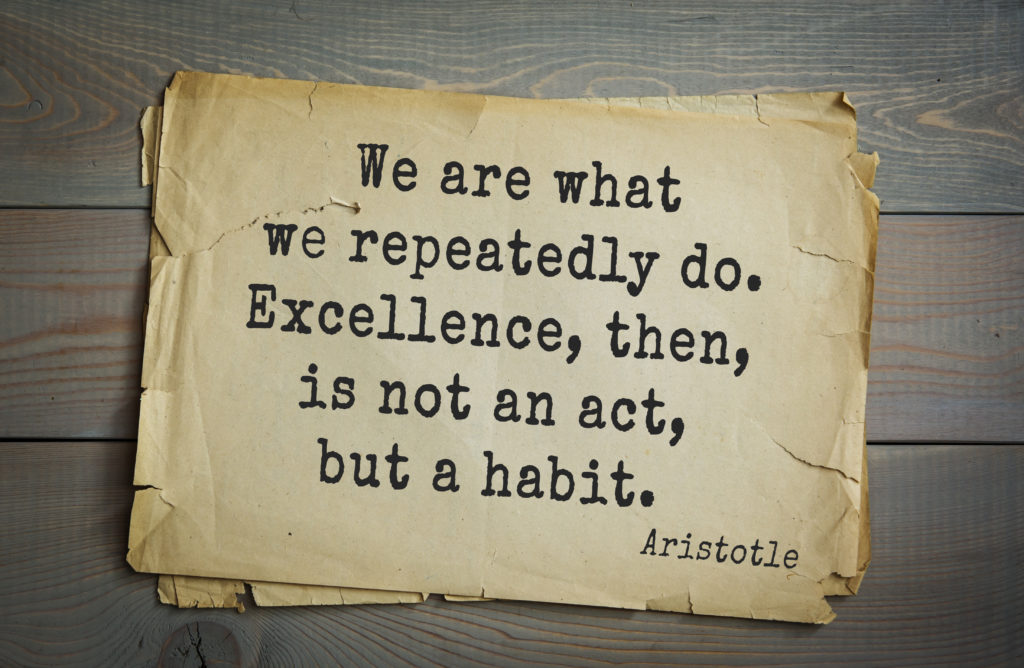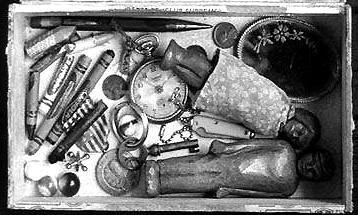 Last year you spent a week, month or a lot of money, to organize your home, or one area of it, and now it’s back where you started.
Last year you spent a week, month or a lot of money, to organize your home, or one area of it, and now it’s back where you started.
During Covid, you coped last year by shopping. You got into a new hobby. You inherited items from your family. Either way, you got some new stuff. It may even be better than the old stuff but the old stuff is still there. The stuff you had and the new stuff didn’t get put away or it piled above other stuff you already have.
In addition, all those great storage systems for containing your stuff stopped working for you or your family. You started to fall back into old habits. Now you’ve got more stuff than before.
My advice to you: Don’t be discouraged. It may be time to examine your thinking, perspectives and habits when it comes to obtaining and organizing. Remember, sometimes life gets in the way and your priorities change.
First and foremost, consider it a learning, not an opportunity to shame yourself!
How often do you say to yourself…?
I’ll get to it later
I’m keeping it just in case
I’ll just put it here, for now
My family isn’t cooperating!
I couldn’t find it so I bought another
I’ll go through it tomorrow
I may need it some day
It belonged to my parents. I just couldn’t toss it!
Everything in life is an experiment
Remember that great feeling you had when everything had a “home” and it was so neat and tidy?
It didn’t happen by accident and whether you did it yourself or had help from friends or professionals, chances are you learned something you’ve just forgotten. When you forget, your old habits return.
It’s like other things we try to change in our lives. (Believe me. I know this firsthand!)
For example, imagine you need to get to a healthy weight. It’s going to take action and consistency. Not just once, not just for a week, but every day or at least more days than not. You’ll also need a plan based on your strengths, needs and goals.
The same is true when you want to develop an organizing habit.
Know your strengths
Are you visual? Consider “envisioning’ what an organized space looks like for you. Draw or design it or find a picture online or in a magazine that inspires you. Look around and start to notice what you like about your space, not just what bothers you.
Are you tactile? Go around the space, from right to left, and mark all the items you want to get rid of with some painters tape. Touch the items and decide if they still hold meaning for you or not.
Are you a great listener? Consider watching organizing videos online, listen to podcasts or attend a free organizing talk in your area. Organizers often speak for free at retirement communities, real estate groups, community centers or libraries as a way to promote their services. Better yet, get some free advice
Are you physically agile or strong? You may be able to work alone and declutter yourself. Perhaps you can build yourself new storage systems or shelves. This type of strength is called kinesthetic.
Are you intuitive and pretty self-aware? This will help you to edit what you have. Ask yourself key questions that make it a whole lot easier to feel in control and less overwhelmed by your clutter.
- Do I love this?
- Does it bring in negative emotions or bad memories?
- If I saw it in a store, would I buy it again?
- Has it been more than a year since I used it?
- If it should disappear would I miss it?
- Do I know someone who would enjoy it more than I do?
- Would it give me pleasure to give it away?
- Am I truly honoring the person or their memory by keeping this?
Consider your needs
Sometimes we just don’t want to do something. We “don’t feel like it.” Other times it’s the thing that gets us out of bed in the morning. Your needs are the basics of what makes life possible for you. For some it may be survival needs for others, they may be linked to your highest values. In general needs are the pre-requisites for functioning at your best. Consider your needs and how they fit into these four questions:
- Is this something that’s important to me now?
- Will having this space more organized help me get up in the morning or improve my day to day life?
- Would learning a new organizing habit make me feel better about myself or change the way I perceive myself now?
- What would happen if I left things as is? What would be the consequence?
Reflect on your WHY
Take a moment to identify what you want, how you’ll know you got there and why it’s important to you right now. This could be a short-term goal or a long-term goal. The short-term goal can tie into the long term goal but it should be satisfying in and of itself. For example, if you want to get your garage organized again, start with organizing one cabinet or the tool box. If your guest room has been overrun with stuff and is now a storage area, start with just the things on the floor and leave the surfaces, closets and closet organizing to later.
Achieving small successes will have a big impact on your ability to meet your larger goal. Along the way, you will also want to clarify why this is important to you so you can feel and be motivated to take actions that move you closer to your goal. Try asking yourself these four questions:
- If everything were organized just the way I imagine, what would that bring me?
- What would I be able to do that I can’t do now?
- How would it feel to know that I have reached my goal and am maintaining it?
- Besides me, who in my life would be most impacted if I did or did not develop this habit?
Change is certain when you know who you are
The process of change and developing any habit is not impossible. As a professional organizer, move manager and personal advocate for those who want to make change in their lives, I can tell you I wasn’t a “born organizer.” My home is tidy but not a magazine showpiece. I learned to be more organized as I discovered my strengths, needs and what was important to me (and what wasn’t).
It works for me and my husband. We each have our shared and separate responsibilities to keep up with it and I don’t take for granted that I can share those tasks with someone else. If I lived alone, I know it would be harder but not impossible. I also know I would need to make choices about what I could accept and live with.
Even if you live alone, are a single parent, have learned to cope with a physical or cognitive challenge or are recently retired, know that you already have certain strengths that can help you to develop and maintain an organizing habit, enjoy your life and get more done.


 Toys and Childhood Memorabilia
Toys and Childhood Memorabilia


